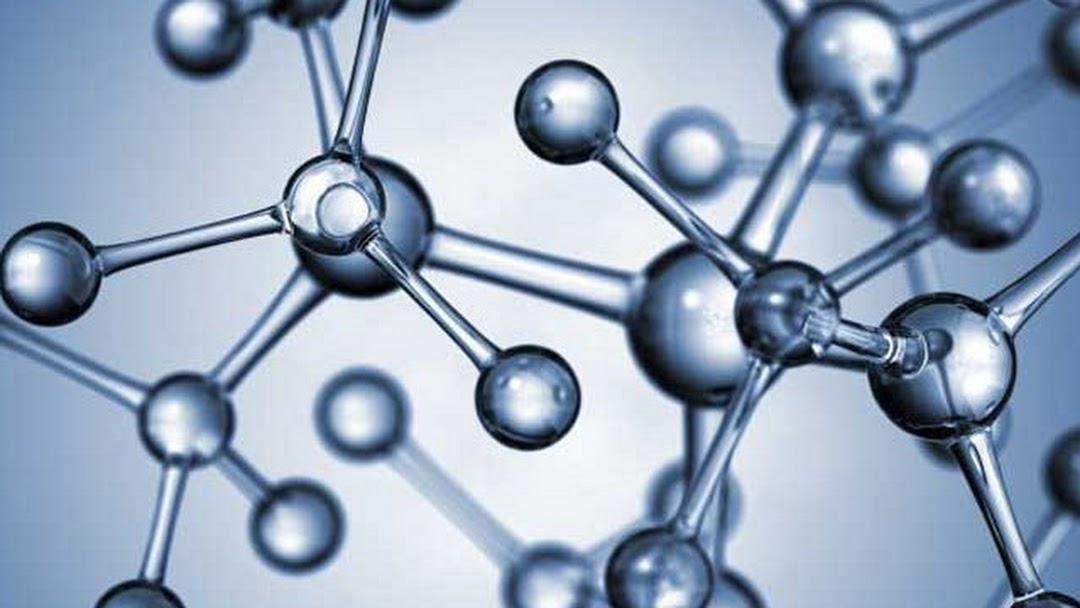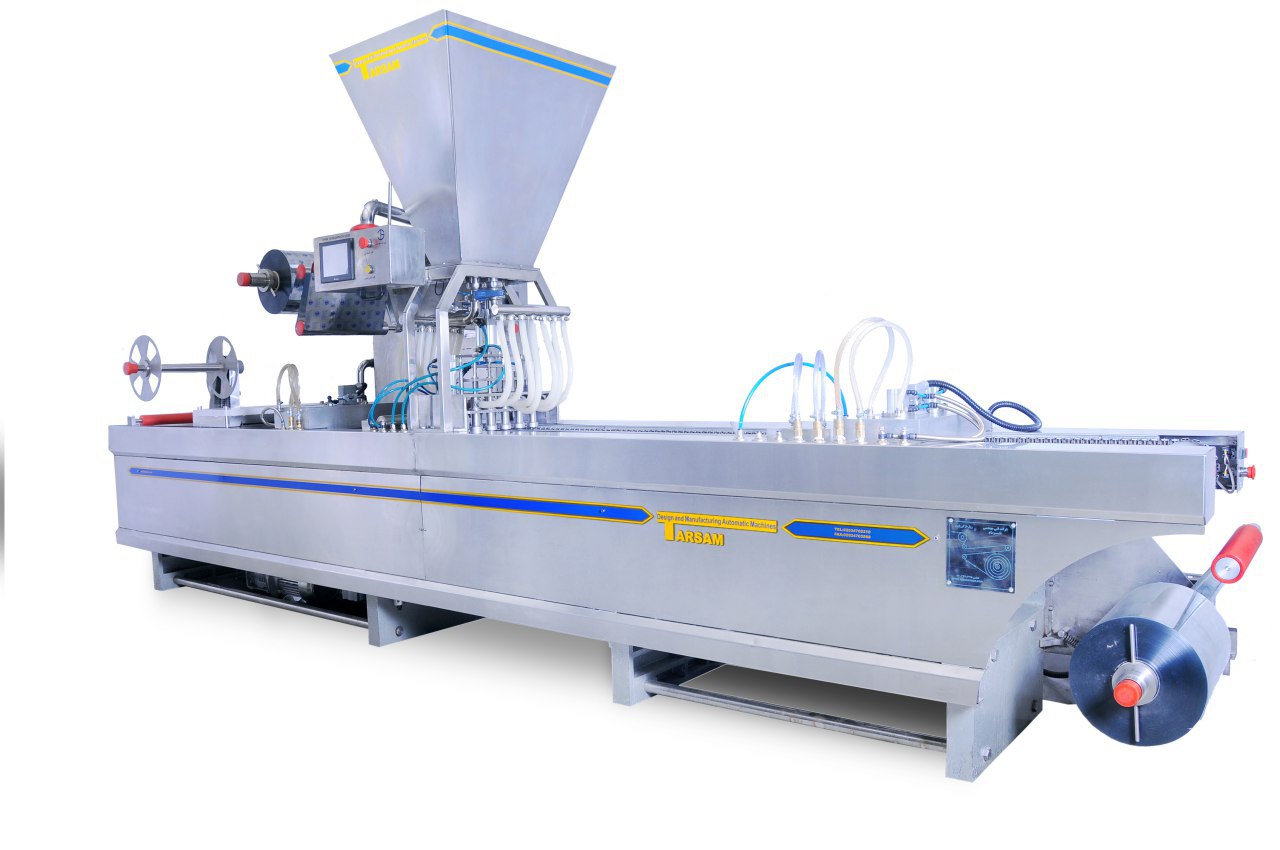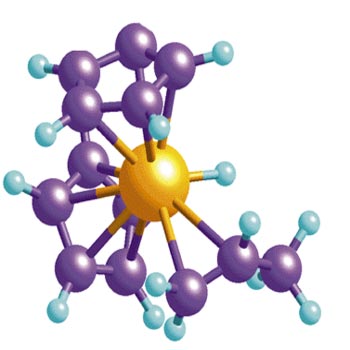In important industries, polymers are divided into four groups: rubber, plastics, fibers, and adhesives. Polymers are also divided into three main groups in terms of source, which are: natural polymers, modified natural polymers, and synthetic polymers. In the following, we will first get acquainted with different types of polymeric materials and then with their preparation methods and polymer shaping technology.
Resins
Resins are polymers that are easily formed but have little durability. The sources of resins are animals, plants, and minerals. Modified natural resins include cellulose and protein. Cellulose is the main component of plants that is used as an available raw material for the production of plastics. Casein made from milk is the only protein-derived plastic that has been relatively successful in business.
Synthetic polymers
Synthetic polymers can be prepared by polymerization reactions. These polymers can be used in the production of adhesives, paints, insulating containers, medical supplies, as well as in the production of fast vehicles, boats, musical instruments, home appliances, etc.
Biodegradable polymers
Biodegradability means that the polymer decomposes at high temperatures. These polymers have received a great deal of attention in basic research and the chemical and pharmaceutical industries over the last three decades. Today, biodegradable polymers are mainly used in controlled drug delivery and release systems, surgical sutures, and bone fracture repair, as well as implant capsules.
Polystyrene
Polystyrene is widely used in the manufacture of resins such as fiberglass, rubber production, intermediate materials, ion exchange resins, and in the production of copolymers such as ABS and SBR. Packaging materials, electrical and thermal insulation, pipes, and car parts are examples of polystyrene products.
Silicone rubbers
Silicone rubber is a mixture obtained by polymerization of various floods and siloxanes. Despite their high price, these materials show considerable resistance to heat. The characteristics of these compounds are low viscosity (in high percentages of resin), non-toxic, relatively low employability, high dielectric properties, and insolubility in water and alcohols.
Due to these properties, silicon compounds can be used as hydraulic fluid and heat transfer, lubricant and lubricant, alarm for electrical applications, resin coatings, and high-temperature resistant coatings and polishing materials.
Urethane rubber
These polymers are obtained by the reaction of polyglycols with organic diisocyanates. These materials are used in the manufacture of furniture, mattresses, insulation, oscillators, etc.
Familiarity with processes and polymer shaping technology

Polymer Shaping Processes
The conversion of raw polymers into final products involves a series of industrial processes. The first step involves mixing the additives with the polymer to achieve the required modifications in the properties of the raw polymer.
The second stage is the stage of shaping and creating the desired shape. An important feature in most polymer shaping processes is the preparation of polymeric materials in a softened state and proportion to the formation stage. This softening is usually achieved by heating the polymer, and finally, the shape adjustment is done by cooling or performing a chemical process to create cross-links to achieve the desired dimensions.
Polymer production processes can be generally divided into continuous processes and discontinuous processes. In the continuous process, the raw materials enter the process continuously.
In discontinuous processes such as molding processes, there is always the possibility of change and lower efficiency due to the process being performed in a short time and the presence of unproductive parts.
Among the polymer shaping technologies, the following can be mentioned:
Extrusion
Extrusion is one of the most practical methods of polymer shaping and is a continuous process to produce polymer products. In this process, the raw materials enter the extruder after passing through the feed hopper and are melted due to heat and shear stresses, and enter the conduction section. The molten material is then pressed to form the desired shape and finally cooled to stabilize the created shape.
Injection molding process
Injection molding is a discontinuous process and each cycle can create a sample. In this process, the polymer raw materials are compressed inside the mold after melting and after a period (called cooling time), they form the mold and then come out. The time and stages of this process depend on the type and physical properties of the polymeric material.
Blow molding
In this process of polymer shaping, the polymer is inserted as a hollow cylinder in a mold with a special and desired design. Then, due to pressure, the molten polymer is directed to the wall of the mold and finally forms the mold.
Film production

Film production
Plastic film is a thin sheet of plastic that is produced using the blow molding or molding process. In the blowing method, the polymer enters the extruder mold after melting and exits as a hollow cylinder under wind pressure.
Thermoforming
In this process, polymer plates are considered as the raw material. In this way, the polymer plate is softened to the temperature of the soft point, and then by applying positive or negative air pressure, the polymer is directed to the mold wall. Finally, the final material is removed from the mold after cooling.
Calendaring
The production of thin plastic sheets using the squeezing and guiding of plastic through the tight space between two or more roller bodies is called the rolling process. This method is very suitable for heat-sensitive materials such as PVC. This method is used in the paper, textile, and metal industries.

